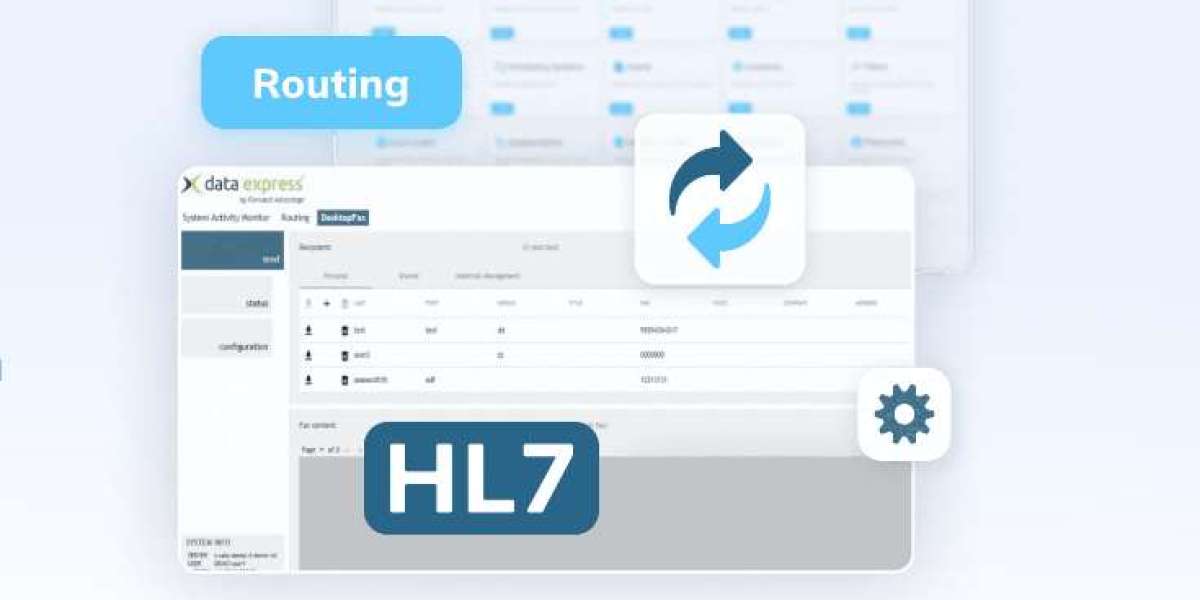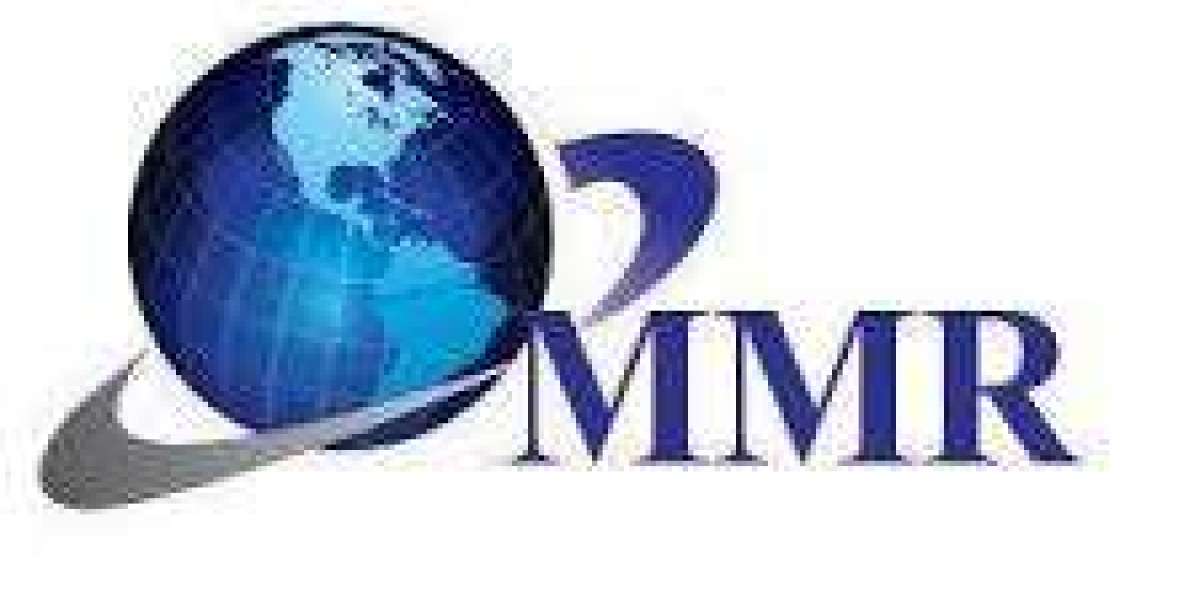Introduction
In the dynamic landscape of healthcare, efficiency and accuracy are paramount. This is where HL7 EMR integration steps in, revolutionizing the way electronic medical records (EMRs) communicate and interact within healthcare systems.
Understanding HL7
What is HL7? HL7, or Health Level Seven International, is a set of international standards for the exchange, integration, sharing, and retrieval of electronic health information. It provides a framework for the seamless exchange of clinical and administrative data between healthcare applications.
Why is HL7 important for healthcare? HL7 plays a crucial role in standardizing communication between disparate healthcare systems, enabling interoperability and data exchange essential for delivering quality patient care, streamlining operations, and facilitating informed decision-making.
EMR Integration
EMR integration refers to the process of connecting electronic medical record systems with other healthcare software applications or devices to enable seamless data exchange and interoperability.
Benefits of EMR Integration
- Enhanced efficiency and productivity by eliminating manual data entry and reducing errors.
- Improved patient care through real-time access to comprehensive patient data across the care continuum.
- Streamlined workflows and reduced administrative burden on healthcare providers.
Challenges of EMR Integration
- Compatibility issues between different EMR systems and legacy software.
- Data security and privacy concerns, especially during data transmission.
- Complex integration processes requiring careful planning and execution.
HL7 Standards
HL7 standards define the structure, semantics, and exchange formats for healthcare data. These standards ensure consistency and interoperability across diverse healthcare IT systems.
Overview of HL7 Standards HL7 standards encompass a wide range of protocols and messaging formats, including HL7 Version 2, HL7 Version 3, and Fast Healthcare Interoperability Resources (FHIR).
Commonly Used HL7 Standards
- HL7 Version 2: Widely adopted for its simplicity and flexibility in transmitting clinical and administrative data.
- FHIR: Emerging as the next-generation standard, offering a modern, web-based approach to healthcare data exchange.
HL7 Integration Methods
HL7 integration can be achieved through various methods, each offering unique advantages and challenges.
Direct HL7 Integration Direct integration involves point-to-point communication between EMR systems using HL7 messages, suitable for real-time data exchange within a single organization.
Middleware Integration Middleware solutions act as intermediaries between disparate systems, translating data formats and facilitating communication, ideal for connecting multiple EMR systems or integrating with third-party applications.
API Integration API-based integration leverages web services and APIs (Application Programming Interfaces) to enable seamless data exchange between EMR systems and external applications, offering flexibility and scalability.
Steps for Successful Integration
Achieving successful HL7 EMR integration requires careful planning, execution, and ongoing maintenance.
Assessing Integration Needs Start by assessing the integration requirements, including data exchange protocols, system compatibility, and organizational goals.
Choosing the Right Integration Method Select the integration method that best aligns with your organization's requirements, considering factors such as scalability, interoperability, and resource availability.
Integration Planning and Testing Develop a comprehensive integration plan outlining the integration workflow, data mapping, testing protocols, and contingency measures to ensure smooth implementation.
Best Practices for HL7 EMR Integration
Implementing HL7 EMR integration effectively entails following industry best practices to ensure data accuracy, security, and system performance.
Data Mapping and Transformation Thoroughly map data elements between source and target systems, ensuring consistency and accuracy during data transmission.
Ensuring Data Security Implement robust security measures, including encryption, access controls, and audit trails, to safeguard sensitive patient information during transmission and storage.
Regular Maintenance and Updates Regularly monitor and maintain integration interfaces, applying updates and patches to address security vulnerabilities and ensure system compatibility.
Case Studies
Real-life examples illustrate the impact of HL7 EMR integration on healthcare organizations, highlighting successes and lessons learned.
Future Trends
Emerging technologies such as artificial intelligence (AI) and machine learning (ML) are poised to revolutionize HL7 EMR integration, enabling advanced data analytics, predictive modeling, and personalized patient care.
FAQs
How does HL7 EMR integration improve patient care? HL7 EMR integration enhances patient care by providing healthcare providers with real-time access to comprehensive patient data, enabling informed decision-making and streamlined workflows.
What are the common challenges in HL7 EMR integration? Common challenges include compatibility issues between disparate systems, data security concerns, and complex integration processes requiring meticulous planning and execution.
Conclusion
In conclusion, HL7 EMR integration serves as the cornerstone of modern healthcare, facilitating seamless data exchange, interoperability, and improved patient outcomes. By embracing HL7 standards and best practices, healthcare organizations can unlock the full potential of EMR integration and pave the way for a more connected and efficient healthcare ecosystem.








